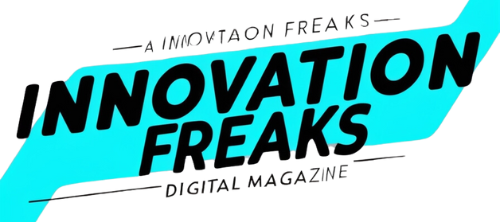As technology evolves, the role of artificial intelligence in language translation is becoming increasingly pivotal. AI is not just enhancing traditional translation methods, but also ushering in a new era of innovation in communication. This article explores how AI is transforming the landscape of language translation technologies.
The Integration of AI in Language Translation
The integration of artificial intelligence within language translation tools has significantly altered the way we communicate across language barriers. Traditional translation methods, often riddled with inaccuracies and context limitations, have been revolutionized through advanced algorithms and neural networks. By leveraging vast datasets to learn language nuances, AI enhances translation quality and speed. With each iteration, these systems become more adept at understanding context, idioms, and cultural subtleties, making communication seamless and effective.
The Role of Machine Learning in Translation
Machine learning, a subset of AI, plays a crucial role in evolving language translation technologies. By analyzing large volumes of text, machine learning algorithms can detect patterns and improve their performance over time. This self-improving nature allows translation technologies to adapt to changes in language usage and dialects, ensuring that translations are not only accurate but also relevant. Consequently, businesses and individuals can confidently engage with international audiences.
Natural Language Processing Enhancements
Natural language processing (NLP), another facet of AI, further advances translation technologies by enabling machines to understand human language as it is spoken or written. NLP facilitates the conversion of text into meaningful representations that capture linguistic characteristics. This development has led to more precise translations, reducing misunderstandings that can arise from literal interpretations. As NLP continues to evolve, its impact on translation accuracy and fluency will undoubtedly increase.
Real-Time Translation Advances
One of the most exciting aspects of AI in language translation is the emergence of real-time translation tools. With the development of sophisticated AI models, real-time translation applications are becoming more commonplace. These tools allow users to communicate instantly across various languages, whether in casual conversations or high-stakes corporate meetings. Such advancements are breaking down communication barriers and fostering a more connected global society.
The Impact of AI on Global Business
The impact of AI-driven translation technologies on global business practices cannot be overstated. Companies are leveraging AI to enhance their customer service, marketing strategies, and international collaborations. By providing accurate translations and cultural context, businesses can engage effectively with diverse markets. This not only improves consumer satisfaction but also drives growth in formerly unexplored territories, showcasing the essential role of language translation in global expansion.
The Future of Language Translation Technologies
Looking forward, the future of language translation technologies driven by AI is promising. As advancements in deep learning continue to emerge, we can expect even greater accuracy and fluency in translation applications. Furthermore, the integration of voice recognition and AI will shape the way we interact with translation software. With continuous investment in innovation, AI’s role in language translation is set to evolve, bridging gaps in communication worldwide.
Disclaimer: The content provided in this article is for informational purposes only and should not be considered as professional or expert advice.





















